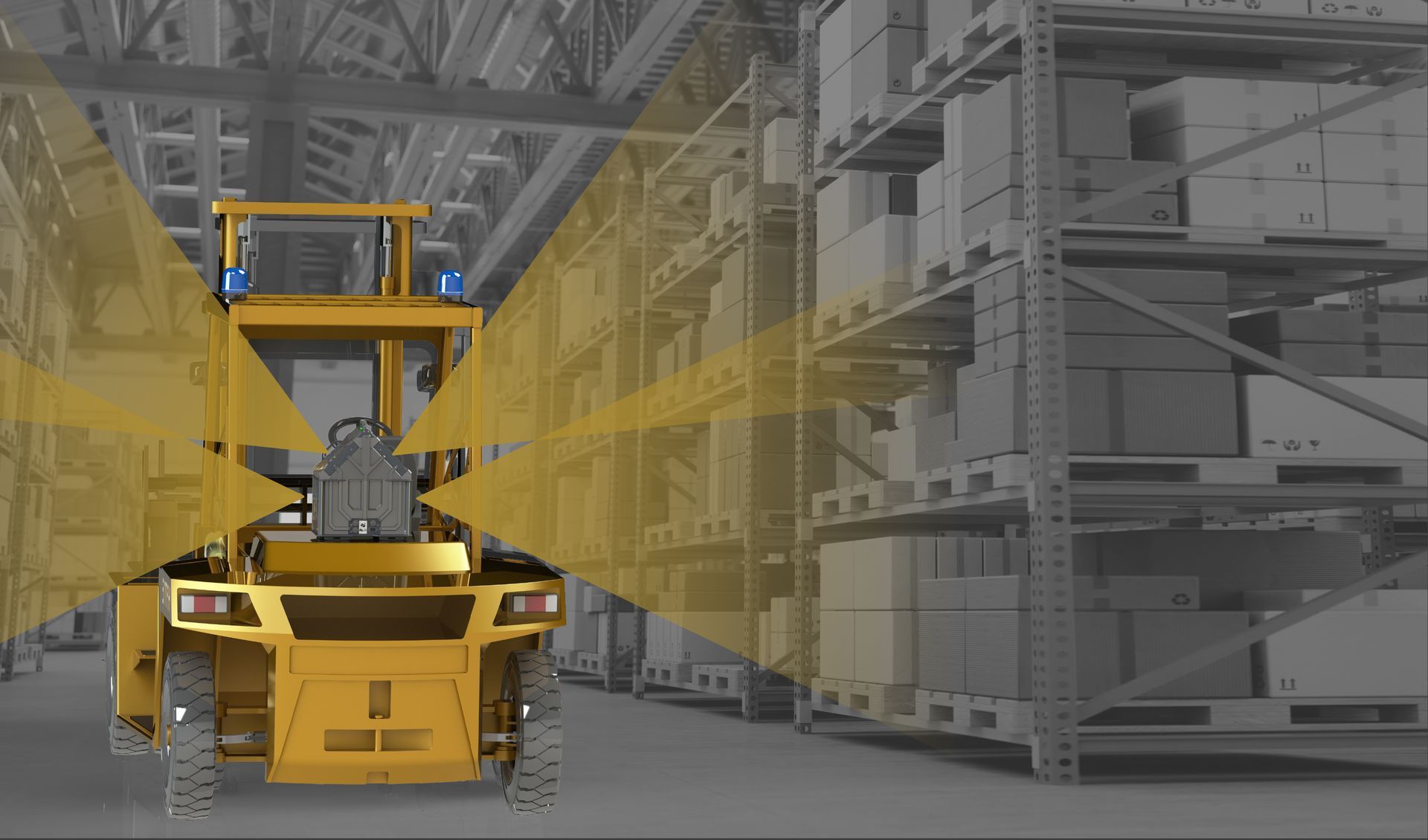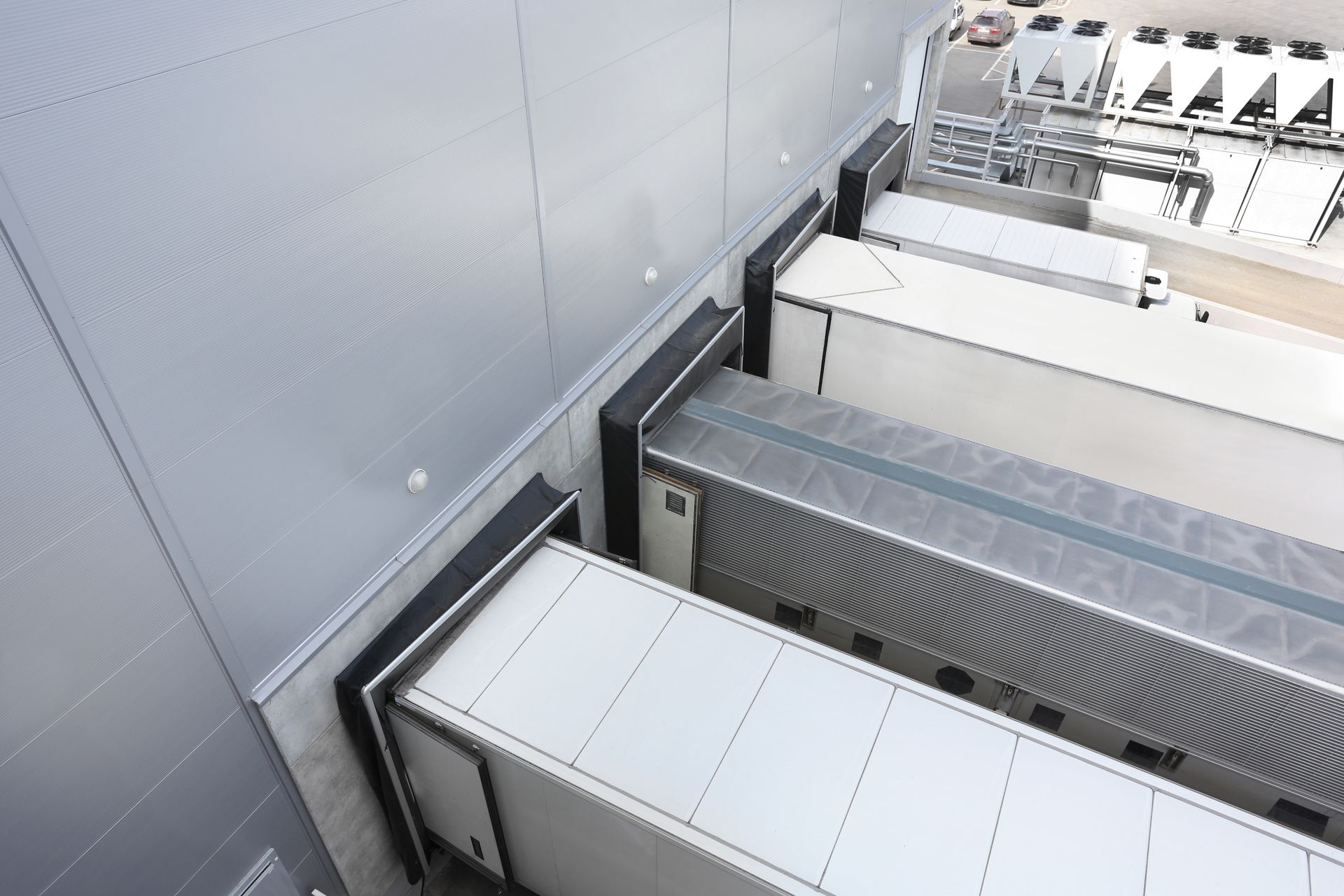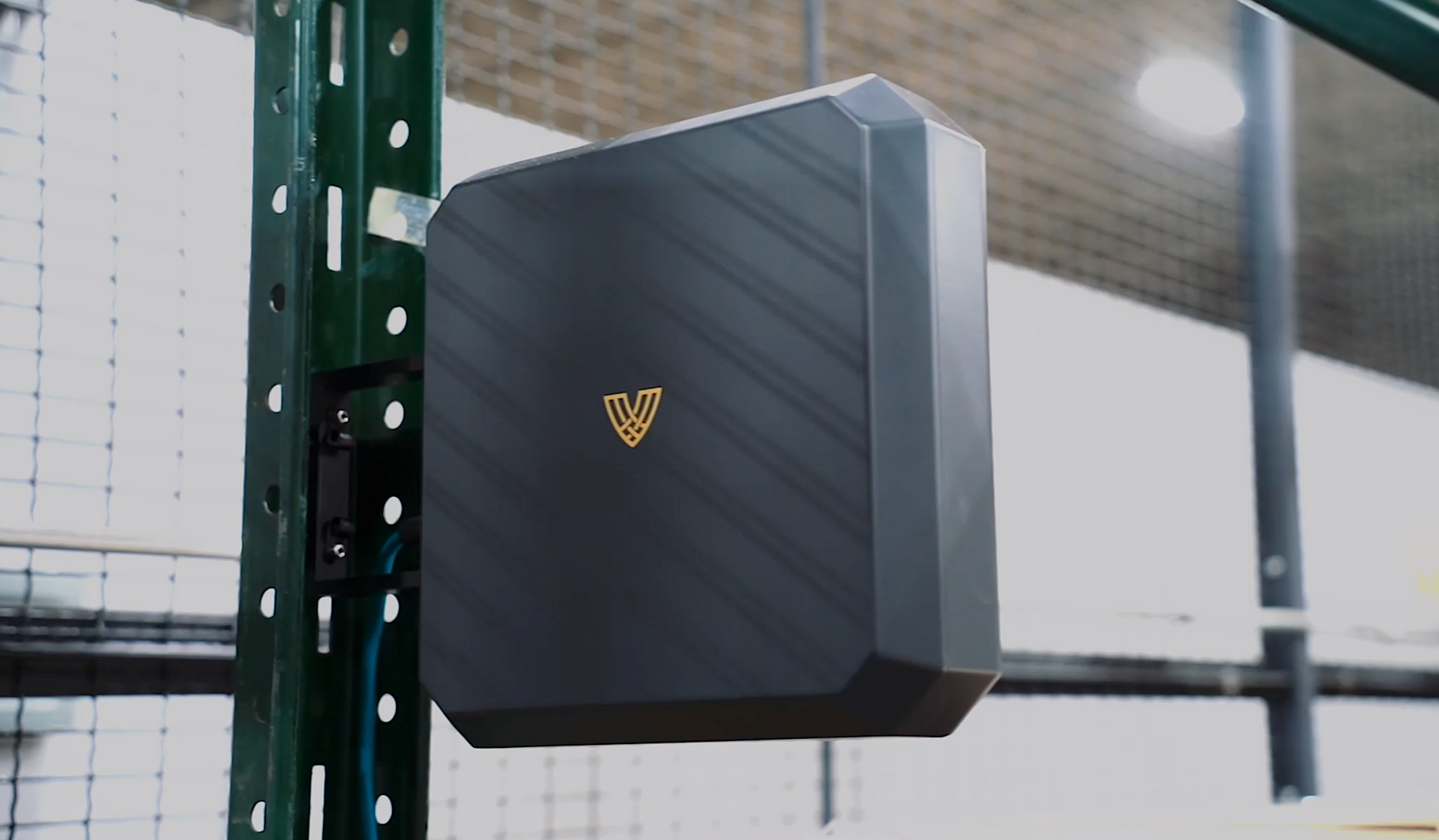RFID Inventory Tracking Insights
Explore how companies are unlocking the power of RFID technology to optimize inventory management and find their competitive edge.

By Paul Farmer
•
July 24, 2023
Across industries, business models, and types of inventories our customers manage, we’ve found one primary challenge to ring true for them all – how to generate real-time inventory visibility and insights to make smarter decisions, maximize warehouse capacity, and move inventory faster. Even though the term “big data” has been around since the early ‘90s, making data-driven decisions based on large volumes of unstructured data remains a challenge for many leaders today. While getting the data might not be the issue, we see many warehouse managers and supply chain leaders looking for better tools to synthesize raw data into insights and patterns that can foster better decision making, signal opportunities for innovation, and optimize operations to gain a competitive advantage. Venatrust solutions automate the capture of inventory count and location data with innovative RFID scanning technology and transform this information into actionable insights and visualizations that can help you predict and get ahead of inventory-related operational challenges. So how specifically are leaders like you harnessing the power of greater inventory visibility to increase their warehouse capacity and efficiency? Here are six key tactics that you might want to consider in your own distribution center environment: 1. Efficient Space Utilization Improved inventory visibility enables warehouse managers to have a clear understanding of the inventory levels and the space required to accommodate the products. With accurate and real-time information about stock levels, you can optimize the allocation of space within the warehouse, such as identifying and reallocating slow-moving or stagnant inventory, ensuring that products are stored more efficiently. Having this level of visibility to reallocate or consolidate such items frees up valuable storage space and allows you to make better use of their warehouse capacity utilizing available capacity to its maximum potential. 2. Demand Forecasting and Planning Inventory visibility provides valuable insights into product demand patterns and trends. By analyzing this data, warehouse managers can make more accurate demand forecasts and effectively plan for future inventory needs, helping inform decisions about stock replenishment, product assortment, and allocation strategies. This helps in aligning warehouse capacity with expected demand, preventing overstocking or understocking situations that can lead to inefficient space utilization, and optimizing the demand planning processes and reducing unnecessary inventory holding costs. 3. Optimized Inventory Replenishment With better visibility into inventory levels, warehouse managers can proactively initiate inventory replenishment and even start implementing or enhancing existing just-in-time inventory management strategies. You can also set up automated systems or reorder triggers that prompt restocking when inventory falls below certain thresholds. By closely monitoring stock levels this ensures the timely replenishment of inventory as needed you can reduce the need for excessive safety stock and optimize the utilization of available warehouse space, enabling smoother distribution operations. 4. Slotting Optimization Access to accurate inventory count information enables warehouse managers to optimize the layout and organization of their storage areas by identifying fast-moving products and prioritize their placement within the warehouse. By strategically positioning high-demand items closer to the shipping area or in easily accessible locations, managers can reduce travel time within the warehouse and improve overall efficiency. This optimization of slotting can help maximize the capacity of the warehouse by reducing congestion and minimizing the need for unnecessary movement. 5. Enhanced Warehouse Operations Visibility into inventory levels facilitates smoother warehouse operations by reducing errors and improving accuracy by consolidating multiple orders and batch picking activities. By enhancing order consolidation, managers can reduce the number of trips required for order fulfillment and lower transportation costs allowing warehouse staff to quickly locate items, pick orders accurately, and optimize their workflows based on real-time inventory information. Additionally, utilizing real-time inventory monitoring and alerts warehouse managers can receive automated alerts for low stock, overstock, or other inventory-related issues and take a proactive approach to prevent stockouts and reduce carrying costs. These efficiencies lead to increased throughput and a higher utilization of the available warehouse capacity. 6. Improved Collaboration with Suppliers Having comprehensive visibility into inventory levels and count provides warehouse managers with valuable data to enable better collaboration with suppliers. Real-time and historic inventory data can be shared with suppliers, allowing them to identify inefficiencies or areas of improvement within their operations, and plan production and deliveries more effectively. This collaborative approach of implementing data-driven strategies can help enhance collaboration with suppliers to help in reducing lead times, minimizing stockouts, and optimizing inventory levels, ultimately freeing up warehouse capacity. Enhance your inventory visibility by embracing the RFID tracking technology being adopted by the logistics industry Overall, increased inventory visibility empowers warehouse managers with accurate and timely information, enabling them to make informed decisions and optimize warehouse capacity. However, most warehouse leaders are still using outdated warehouse tracking technologies and don’t have adequate visibility into their inventory to realize the benefits of enhanced inventory visibility. The only way you can have the enhanced inventory visibility to realize these capacity and efficiency benefits is by embracing the RFID tracking technology that is being adopted by the logistics industry. With Venatrust’s innovative RFID track and trace system we are empowering warehouse managers with greater inventory visibility to optimize their existing warehouse capabilities. Existing customers are leveraging RFID technology to improve their warehouse capacity and efficiency to create a more responsive and agile supply chain. With bet ter visibility and control over inventory, you can quickly adapt to changes in customer demand, market trends, or unforeseen events. This enables you to respond faster to customer needs, reduce lead times, and outperform competitors in terms of order fulfillment speed and reliability, and enhance your overall warehouse efficiency and operations against your competitors. Curious to know how Venatrust can help? Contact us for a 15-minute discovery call today.

By Ethan Patterson
•
July 7, 2022
Managing inventory effectively can be a frustrating and costly endeavor, but is critical for running an efficient business. Whether it’s minimizing loss from stolen or mismanaged inventory, making sure stock levels are sufficient for customers, or having good product strategies, it’s crucial to have effective inventory control systems in place for your company to thrive.
CATEGORIES
Logistics & Supply Chain
Cycle Counts
RFID Software

By Paul Farmer
•
July 24, 2023
Across industries, business models, and types of inventories our customers manage, we’ve found one primary challenge to ring true for them all – how to generate real-time inventory visibility and insights to make smarter decisions, maximize warehouse capacity, and move inventory faster. Even though the term “big data” has been around since the early ‘90s, making data-driven decisions based on large volumes of unstructured data remains a challenge for many leaders today. While getting the data might not be the issue, we see many warehouse managers and supply chain leaders looking for better tools to synthesize raw data into insights and patterns that can foster better decision making, signal opportunities for innovation, and optimize operations to gain a competitive advantage. Venatrust solutions automate the capture of inventory count and location data with innovative RFID scanning technology and transform this information into actionable insights and visualizations that can help you predict and get ahead of inventory-related operational challenges. So how specifically are leaders like you harnessing the power of greater inventory visibility to increase their warehouse capacity and efficiency? Here are six key tactics that you might want to consider in your own distribution center environment: 1. Efficient Space Utilization Improved inventory visibility enables warehouse managers to have a clear understanding of the inventory levels and the space required to accommodate the products. With accurate and real-time information about stock levels, you can optimize the allocation of space within the warehouse, such as identifying and reallocating slow-moving or stagnant inventory, ensuring that products are stored more efficiently. Having this level of visibility to reallocate or consolidate such items frees up valuable storage space and allows you to make better use of their warehouse capacity utilizing available capacity to its maximum potential. 2. Demand Forecasting and Planning Inventory visibility provides valuable insights into product demand patterns and trends. By analyzing this data, warehouse managers can make more accurate demand forecasts and effectively plan for future inventory needs, helping inform decisions about stock replenishment, product assortment, and allocation strategies. This helps in aligning warehouse capacity with expected demand, preventing overstocking or understocking situations that can lead to inefficient space utilization, and optimizing the demand planning processes and reducing unnecessary inventory holding costs. 3. Optimized Inventory Replenishment With better visibility into inventory levels, warehouse managers can proactively initiate inventory replenishment and even start implementing or enhancing existing just-in-time inventory management strategies. You can also set up automated systems or reorder triggers that prompt restocking when inventory falls below certain thresholds. By closely monitoring stock levels this ensures the timely replenishment of inventory as needed you can reduce the need for excessive safety stock and optimize the utilization of available warehouse space, enabling smoother distribution operations. 4. Slotting Optimization Access to accurate inventory count information enables warehouse managers to optimize the layout and organization of their storage areas by identifying fast-moving products and prioritize their placement within the warehouse. By strategically positioning high-demand items closer to the shipping area or in easily accessible locations, managers can reduce travel time within the warehouse and improve overall efficiency. This optimization of slotting can help maximize the capacity of the warehouse by reducing congestion and minimizing the need for unnecessary movement. 5. Enhanced Warehouse Operations Visibility into inventory levels facilitates smoother warehouse operations by reducing errors and improving accuracy by consolidating multiple orders and batch picking activities. By enhancing order consolidation, managers can reduce the number of trips required for order fulfillment and lower transportation costs allowing warehouse staff to quickly locate items, pick orders accurately, and optimize their workflows based on real-time inventory information. Additionally, utilizing real-time inventory monitoring and alerts warehouse managers can receive automated alerts for low stock, overstock, or other inventory-related issues and take a proactive approach to prevent stockouts and reduce carrying costs. These efficiencies lead to increased throughput and a higher utilization of the available warehouse capacity. 6. Improved Collaboration with Suppliers Having comprehensive visibility into inventory levels and count provides warehouse managers with valuable data to enable better collaboration with suppliers. Real-time and historic inventory data can be shared with suppliers, allowing them to identify inefficiencies or areas of improvement within their operations, and plan production and deliveries more effectively. This collaborative approach of implementing data-driven strategies can help enhance collaboration with suppliers to help in reducing lead times, minimizing stockouts, and optimizing inventory levels, ultimately freeing up warehouse capacity. Enhance your inventory visibility by embracing the RFID tracking technology being adopted by the logistics industry Overall, increased inventory visibility empowers warehouse managers with accurate and timely information, enabling them to make informed decisions and optimize warehouse capacity. However, most warehouse leaders are still using outdated warehouse tracking technologies and don’t have adequate visibility into their inventory to realize the benefits of enhanced inventory visibility. The only way you can have the enhanced inventory visibility to realize these capacity and efficiency benefits is by embracing the RFID tracking technology that is being adopted by the logistics industry. With Venatrust’s innovative RFID track and trace system we are empowering warehouse managers with greater inventory visibility to optimize their existing warehouse capabilities. Existing customers are leveraging RFID technology to improve their warehouse capacity and efficiency to create a more responsive and agile supply chain. With bet ter visibility and control over inventory, you can quickly adapt to changes in customer demand, market trends, or unforeseen events. This enables you to respond faster to customer needs, reduce lead times, and outperform competitors in terms of order fulfillment speed and reliability, and enhance your overall warehouse efficiency and operations against your competitors. Curious to know how Venatrust can help? Contact us for a 15-minute discovery call today.

By Ethan Patterson
•
July 7, 2022
Managing inventory effectively can be a frustrating and costly endeavor, but is critical for running an efficient business. Whether it’s minimizing loss from stolen or mismanaged inventory, making sure stock levels are sufficient for customers, or having good product strategies, it’s crucial to have effective inventory control systems in place for your company to thrive.
CATEGORIES
Logistics & Supply Chain
Cycle Counts
RFID Software



